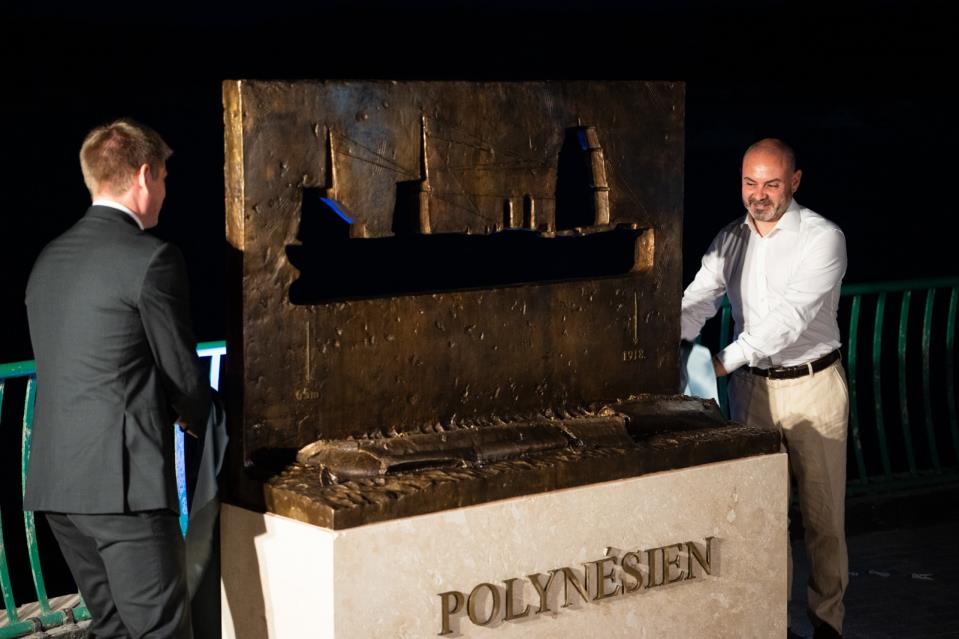The Serbian community in Malta through the Educational and Cultural Centre ‘St Helen of Anjou’, in collaboration with Heritage Malta’s Underwater Cultural Heritage Unit and the Marsascala Local Council, inaugurated a new monument at Fajtata Bay, Marsascala, commemorating the tragic sinking of the SS Polynésien during the First World War.
On 10th August 1918, the SS Polynésien, a luxury French liner converted into a troopship, was torpedoed off the coast of Marsascala by the German submarine UC-22. On board were 499 Serbian cadets of the officer school, accompanied by Second Lieutenant Tajsić and the famed war heroine Sergeant Milunka Savić. Although most of those on board were rescued, at least 17 people lost their lives, including Lieutenant Tajsić and two cadets.
The survivors were cared for in Malta before continuing to the Salonica front, where they contributed to the final campaigns of the war and the liberation of Serbia. This episode remains a testament to Malta’s crucial role as the ‘Nurse of the Mediterranean’ and highlights the shared sacrifices of different nations during the Great War.
The monument was unveiled during a commemorative event attended by Dr Owen Bonnici, Minister for Culture, Lands and Local Government, Arnaud Gouillon, Director of the Office for Public and Cultural Diplomacy of the Government of the Republic of Serbia, which supported its creation, as well as Mr Valentin Martinez on behalf of the French Embassy.
Also present were representatives from the Serbian Educational and Cultural Centre ‘St Helen of Anjou’, Heritage Malta’s
Underwater Cultural Heritage Unit, the Marsascala Local Council, and the local Serbian community.
Installed on the Marsascala promenade overlooking the wreck site – which is an underwater archaeological zone managed and protected by Heritage Malta through its Underwater Cultural Heritage Unit – the monument features a 3D model of the Polynésien, both as it once sailed and as it now lies at a depth of 65 metres.
The ceremony honoured those who perished with a blessing service, wreath-laying, and a minute of silence. Following the unveiling, guests were invited to explore the wreck through an immersive virtual reality experience of the SS Polynésien.
Such cultural diplomacy strengthens ties between Malta and the Serbian community, whilst serving as a point of reflection for locals, divers, and tourists alike, bringing to light a lesser-known but significant chapter of First World War history.
The monument is part of Malta’s ongoing commitment to safeguard and interpret the nation’s underwater cultural heritage, ensuring that the stories resting on Malta’s seabed continue to inspire and educate future generations.
